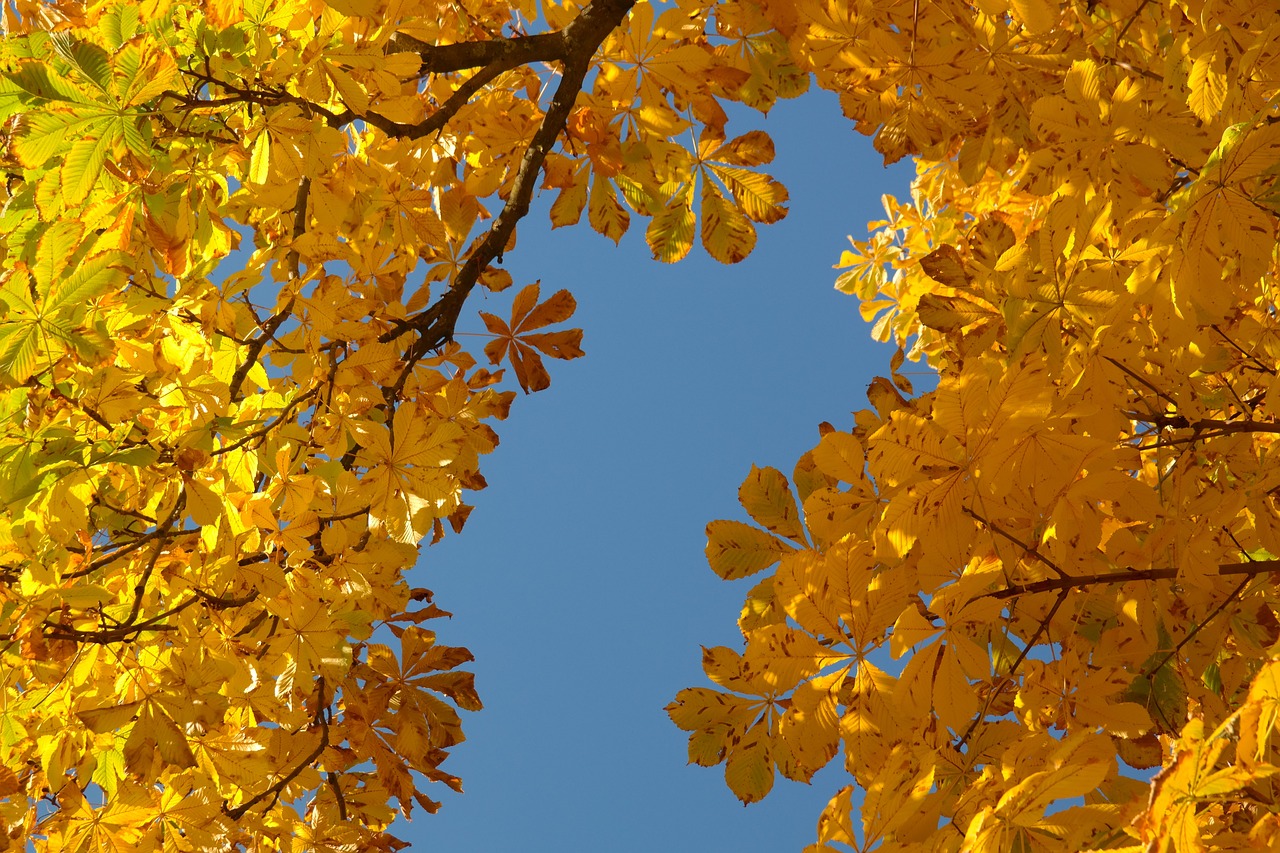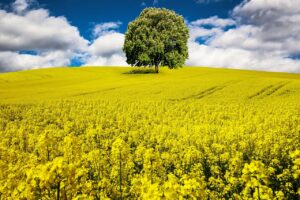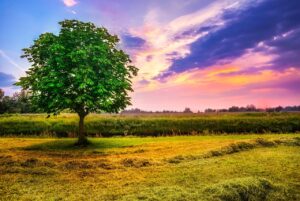Chestnut
Overview
The Chestnut Tree sparkles with versatility, captivating those who admire its ornamental grace and satisfying culinary enthusiasts with its delightful nuts. Embraced in both kitchen and garden, this member of the *Castanea* genus weaves together practical benefits and natural beauty, fostering a rich history and a growing presence in landscapes.

Characteristics
Known for its edible nuts, ornamental value, and durable timber.
Region
Temperate regions of the Northern Hemisphere.
Natural Habitat
Native to temperate forests
Cultivation
Prefers full sun, requires moderate watering, and thrives in well-draining, acidic to neutral soil.
Uses and Benefits
Chestnut trees offer a delightful bounty of edible nuts that are not only delicious but also packed with nutrients. These sweet, earthy nuts have been enjoyed for centuries and make a wonderful addition to many dishes. Chestnuts can be eaten raw, roasted, or ground into flour for baking, offering a versatile ingredient for the creative home cook.
Beyond their culinary uses, chestnuts provide an array of health benefits:
- Rich in antioxidants, which help combat free radicals and support overall wellness
- High in fiber, promoting digestive health and feelings of fullness
- Contain essential minerals like magnesium, potassium, and iron
- Low in fat compared to other nuts, making them a heart-healthy choice
The wood from chestnut trees is also highly valued for its durability and workability. It is often used to create:
- High-quality furniture
- Sturdy building materials
- Decorative items and handicrafts
In addition to their practical uses, chestnut trees offer immense ornamental value in landscaping. Their majestic presence and attractive foliage make them a beloved choice for enhancing the beauty of gardens and public spaces alike.
Experience the joy of harvesting and using chestnuts from your very own tree. Whether you savor them as a snack, incorporate them into your favorite recipes, or admire the tree’s natural beauty, chestnuts are sure to bring a touch of warmth and nostalgia to your home1.

Cultivation Tips
To successfully cultivate chestnuts, select a sunny location as these trees thrive in ample sunlight. Ensure the soil is well-draining to prevent water-logging, which can harm the trees’ health. Consider the specific needs of the chestnut species you’re planting. For instance, the American chestnut (Castanea dentata) is particularly hardy and can even sprout from its roots if damaged5.
Seasonal changes will dictate some of your care routines. Research and understand the needs of your chestnut tree through the seasons for optimal growth and health. Be prepared to address common pests and diseases, such as the infamous chestnut blight that has historically affected American chestnuts5. Some key seasonal care tips include:
- Spring: Apply a balanced, slow-release fertilizer to support new growth. Water deeply and regularly during dry spells.
- Summer: Monitor for signs of pests or disease and address issues promptly. Continue watering deeply during dry periods.
- Fall: Rake up and dispose of fallen leaves to prevent the spread of pests and diseases. Harvest nuts as they ripen.
- Winter: Prune trees during dormancy to maintain shape and remove dead or damaged branches. Apply mulch to protect roots from cold temperatures.
With the right conditions and consistent care, your chestnut trees can be a source of beauty and bounty for years to come. Enjoy the process of nurturing these majestic trees and reap the rewards of your dedication.
Seasonal Considerations
To ensure your chestnut trees thrive, it’s essential to consider their needs throughout the changing seasons. In the spring, keep an eye out for any signs of disease or pest infestations, and address them promptly. Water your trees regularly during dry spells, especially when they are young and establishing their root systems.
As summer arrives, continue to monitor your chestnut trees for signs of stress, such as wilting or discolored leaves. Mulching around the base of the trees can help retain moisture and regulate soil temperature. If needed, prune any dead, diseased, or crossed branches to maintain the trees’ health and structure.
In the fall, chestnuts ripen and are ready for harvest. Collect the fallen nuts regularly to prevent rot and discourage pests. After harvesting, remove any debris from around the base of the trees to reduce the risk of disease and provide a clean start for the next growing season.
During the winter months, chestnut trees enter dormancy. This is an ideal time to perform any necessary pruning, as the trees’ structure is more visible and the risk of disease transmission is lower. Protect younger trees from potential damage by wrapping their trunks in tree guards or applying a layer of mulch around the base.
By staying attentive to your chestnut trees’ needs throughout the seasons, you’ll be able to provide them with the best possible care. This, in turn, will help ensure a healthy and productive grove that you can enjoy for many years to come.

Issues and Troubleshooting
While chestnut trees are robust and resilient, they do encounter a few hurdles that gardeners should be aware of. One common issue is the notorious chestnut blight, a fungal disease caused by Cryphonectria parasitica1. This blight can significantly harm or even kill your tree. Regularly inspect the bark for signs of infection, such as orange-colored pustules, to spot this blight early.
Another concern is water-logging, as chestnuts prefer well-draining soil to prevent root rot. To ensure your tree’s health:
- Provide ample drainage when planting, especially if your soil tends to retain water
- Avoid planting in low-lying areas prone to standing water
- Consider planting on a slight mound to improve drainage
Insects can also pose problems for chestnut trees. The chestnut weevil, in particular, can be troublesome as it burrows into the nuts. To minimize infestations:
- Harvest nuts promptly once they fall to the ground
- Store harvested nuts properly in a cool, dry place
- Destroy infested nuts to prevent the spread of weevils
By keeping these tips in mind and maintaining a watchful eye, you can help your chestnut trees thrive and overcome potential issues.
1. The chestnut blight fungus, Cryphonectria parasitica, is a major threat to chestnut trees worldwide.
History and Folklore
Chestnuts have woven their story through history, with evidence of their cultivation stretching as far back as 2000 BCE1. These ancient civilizations enjoyed the abundant nuts produced by clusters of chestnut trees dotting their landscapes. The chestnut served as a staple food source, nourishing communities for generations.
In more recent history, the American chestnut, Castanea dentata, towered majestically in the Eastern U.S. forests. It earned the moniker “king of the forest” for its impressive size and numerous uses. The American chestnut not only provided a bounty of nutritious nuts but also supplied sturdy lumber for building.
This magnificent tree held a significant place in the lives of those who relied on it. People found both utility and beauty in its existence. The chestnut’s importance is immortalized in folklore and stories passed down through generations, reflecting its deep cultural impact.
Today, the chestnut continues to capture our imagination. Its rich history and cultural significance merge with our modern aspirations for a greener, more sustainable future. As we explore the potential of chestnuts in our gardens and kitchens, we connect with the lore of the past while nurturing our relationship with nature in the present.
References
1. How to Grow and Care for Chestnut Trees | Gardener’s Path, https://gardenerspath.com/plants/nut-trees/grow-chestnuts/
2. Descriptions of Chestnut Cultivars for Nut Production in the … – hortsci, https://journals.ashs.org/hortsci/view/journals/hortsci/56/11/article-p1315.xml
3. Chestnut – Wikipedia, https://en.wikipedia.org/wiki/Chestnut
4. American chestnut – Wikipedia, https://en.wikipedia.org/wiki/American_chestnut
5. American chestnut | The Morton Arboretum, https://mortonarb.org/plant-and-protect/trees-and-plants/american-chestnut/
Nicolas Duval
Nicolas is a passionate advocate for nature and the art of wildcrafting. His dedication shines through in Wildcraftia, a website he meticulously crafted to serve as a haven for nature enthusiasts worldwide. Driven by a deep appreciation for nature’s connection to humanity, Nicolas embarked on his journey in 2011 with SmokableHerbs, a platform showcasing his love for nature’s bounty. Building upon this foundation, he established Smokably, a thriving online store offering premium herbs and blends to a global audience.
